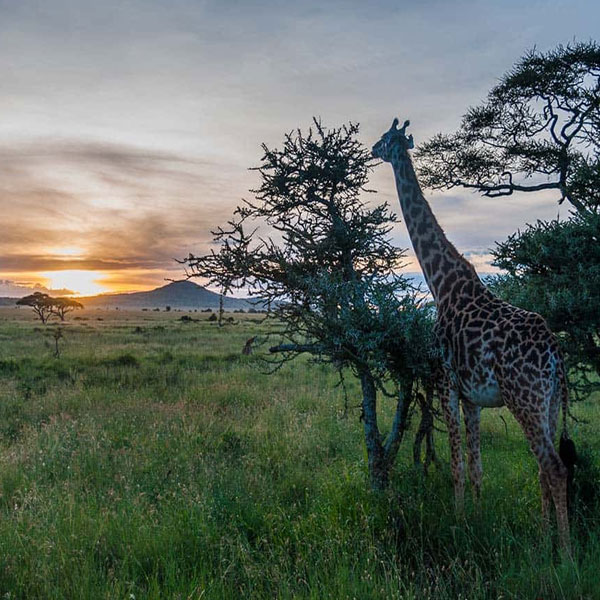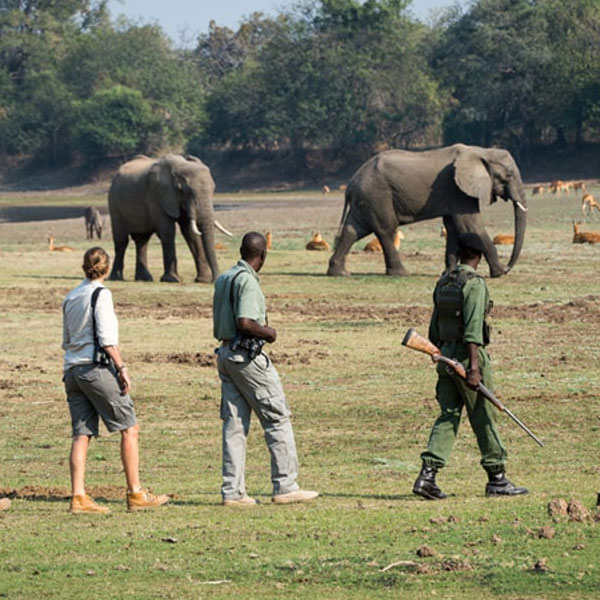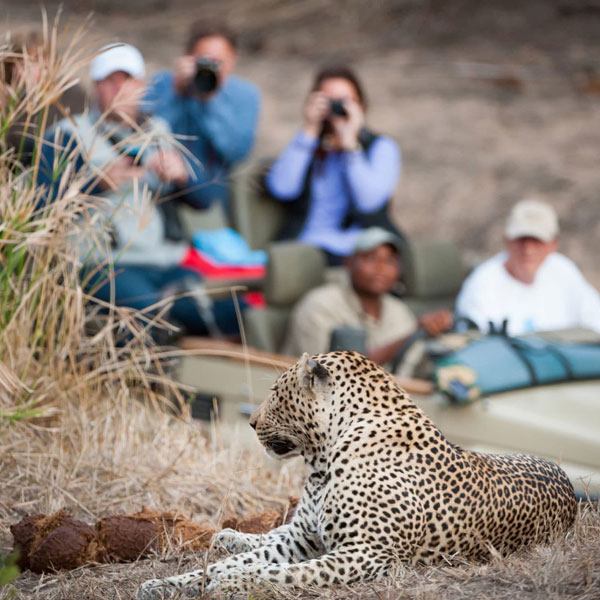Quick contact info
Where Find Us
ACU Building, 2nd Floor Room NO 207, Sokoine Road, P.O BOX 1932, Arusha, Tanzania
Ngorongoro Conservation Area
OVERVIEW
Covering an area of 8 292km², Ngorongoro Conservation Area is a part of Serengeti’s ecosystem.
With its enormous calderas and spectacular vistas, the crater is a huge volcanic hole where visitors can see every wildlife they wish to see.
Being the world’s largest inactive, intact and unfilled volcanic caldera, Ngorongoro Conservation Area is a UNESCO World Heritage Site.
Sometimes you get confused about which way to look; the lions may stroll beside you, the rhinos grazing on the grassland, the giant elephants patrolling in the distance, or the hippos taking a bath in the lake.
The contrasting habitat of the caldera is surprising. Over 30,000 mammals, the different wild animals include zebra, buffalo, wildebeest, reedbuck, hyena, and a lake-tinged pink by incalculable flamingos.
Encountering the black rhinos, are treat to eyes.
The crater gate opens at sunrise and the first two morning hours showcase the magical view of the crater; you can see lions hunting for breakfast, wildebeests grazing in herds, elephant roaming in the open.
The Wildlife
The top sighted animals include the Big Five, zebra, porcupine, hartebeest, bushbuck, hyena, leopard, golden jackal, spotted hyena, thomson’s and grant’s gazelle, serval (rare), wildebeest, bat-eared fox and many more.
The Birdlife
Over 500 different bird species, Ngorongoro Crater offers excellent bird watching opportunity. The top-sighted birds include African spoonbill, Augur buzzard, Capped wheatear, Eastern double-collared sunbird, Egyptian vulture, Fan-tailed widowbird, Greater flamingo, Hartlaub’s turaco, Hildebrandt’s francolin, Hildebrandt’s starling, Jackson’s widowbird, Kenya rufous sparrow and many more.
November to April is good to see the migrating birds.
Tanzania Travel Guides
Related Tanzania Destinations
Let Us Help Your Dream
Tell us about yourself. Once we learn more about you, we will recommend some travel ideas.









